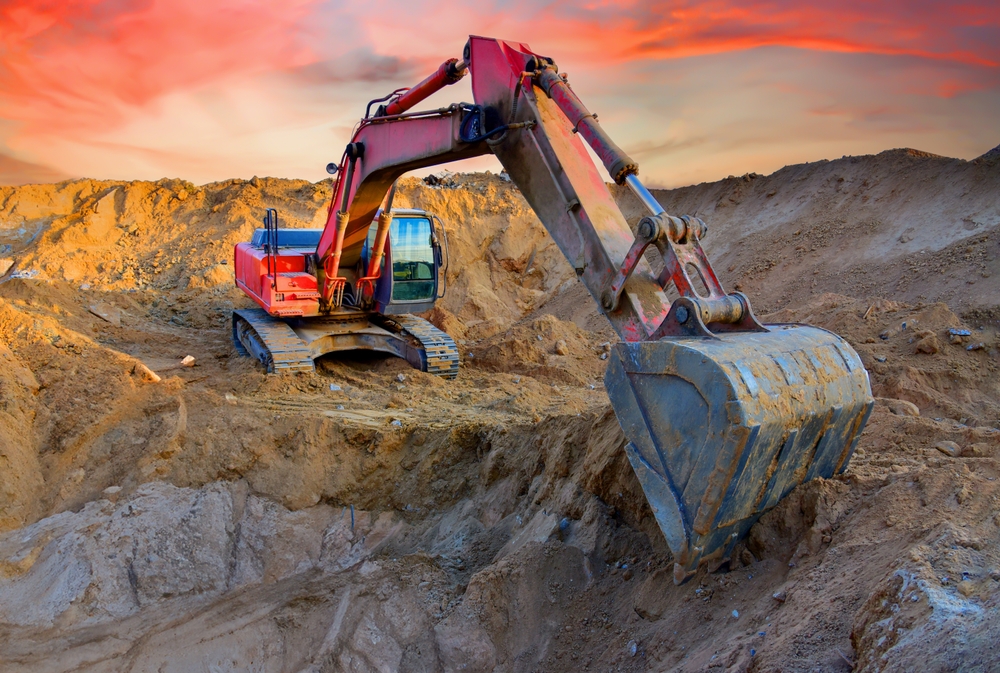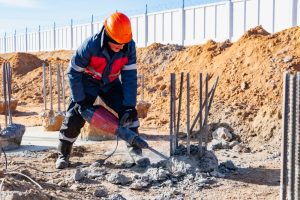In the construction industry, versatility and efficiency are key factors in ensuring project success. One of the most effective ways to improve the performance of your construction equipment is by selecting the right attachments. Attachments can transform a single machine into a multifunctional tool, capable of handling a wide range of tasks. This blog will guide you through the process of choosing the appropriate attachments tailored to your specific needs and projects, helping you maximize your equipment’s potential and achieve operational excellence.
Understanding the Importance of Attachments
Attachments are additional components that can be fitted to construction equipment, such as excavators, loaders, and bulldozers, to perform specific tasks. They are designed to increase the versatility and efficiency of the base machine, allowing it to handle various functions without the need for additional machinery. This not only reduces costs but also streamlines operations, as the same piece of equipment can be used for multiple purposes.
Types of Attachments and Their Applications
1. Buckets
Buckets are one of the most common attachments used with excavators and loaders. They come in various shapes and sizes, each designed for specific tasks such as digging, grading, or loading materials. For example, a trenching bucket is ideal for narrow, deep digging, while a grading bucket is perfect for levelling and shaping surfaces.
2. Hammers and Breakers
These attachments are essential for demolition tasks. They are designed to break through concrete, rock, and other tough materials. Hydraulic hammers or breakers can be used with excavators and backhoes, providing a powerful impact force to handle heavy-duty demolition projects.
3. Augers
Augers are drilling attachments used for creating holes in the ground, commonly for posts, poles, or foundations. They are ideal for landscaping, agriculture, and construction applications where precise hole placement and depth are required.
4. Grapples
Grapples are claw-like attachments used for handling materials such as logs, rocks, and debris. They are particularly useful in waste management, forestry, and demolition industries, where secure and efficient material handling is crucial.
5. Compactors
Compactor attachments are used for soil and asphalt compaction, ensuring a stable and solid foundation. They are often used in road construction, landscaping, and paving projects to compact materials and prepare the ground for construction.
6. Forks
Fork attachments transform loaders and telehandlers into versatile material-handling machines. They are used for lifting and transporting pallets, materials, and other bulky items, making them invaluable in warehouse, storage, and construction environments.
Factors to Consider When Choosing Attachments
1. Project Requirements
The first step in selecting the right attachment is to understand the specific needs of your project. Consider the type of materials you will be handling, the tasks to be performed, and the conditions of the job site. This will help you determine which attachments are best suited for your equipment and project goals.
2. Compatibility with Equipment
Not all attachments are compatible with all types of equipment. It is crucial to ensure that the attachments you choose are compatible with your existing machinery. This includes checking the size, weight, and hydraulic capabilities of both the attachment and the equipment.
3. Quality and Durability
Attachments are a significant investment, and choosing high-quality, durable options is essential for long-term performance and safety. Look for attachments made from robust materials and reputable manufacturers who provide warranties and support.
4. Ease of Installation and Use
Attachments that are easy to install and use can save time and reduce downtime on the job site. Quick-attach systems and user-friendly designs make it easier to switch between attachments, increasing productivity and flexibility.
5. Maintenance and Support
Regular maintenance is necessary to ensure the longevity and efficiency of attachments. Choose attachments from manufacturers who offer comprehensive support, including maintenance guidelines, replacement parts, and customer service.
Maximizing the Potential of Your Equipment with the Right Attachments
The right attachments can significantly improve the versatility and performance of your construction equipment. By selecting attachments that align with your project needs, you can improve efficiency, reduce costs, and expand the capabilities of your machinery. Whether you need to increase digging capabilities, improve material handling, or streamline demolition tasks, the appropriate attachments can transform your equipment into a powerful, multi-functional tool.
Conclusion
Choosing the right attachments is a strategic decision that can greatly impact the success of your construction projects. It’s important to work with a trusted supplier who can provide a wide range of high-quality attachments, along with expert advice and support. Mantra Enterprise LLC (Mantra ENT), a leading supplier in the construction and industrial sectors, offers an extensive selection of attachments designed to improve the functionality of your heavy equipment. With a commitment to quality and customer satisfaction, Mantra ENT helps businesses maximize their equipment’s potential and achieve their operational goals. Explore their range of attachments and find the perfect fit for your needs.



